Struggling with your Makita reciprocating saw? You’re not alone! Like any power tool, it can run into issues over time.
In this article, we’ll explore 10 common Makita reciprocating saw problems and their fixes.
Whether it’s performance hiccups or unusual noises, these simple solutions will help you get your trusted tool back in action quickly and easily.
Makita Reciprocating Saw Problems (Short Overview)
Makita reciprocating saws are powerful tools, but they can face common issues like overheating, reduced cutting performance, or motor problems.
Regular maintenance, like cleaning and checking for worn parts, can help prevent these problems.
If issues persist, don’t hesitate to consult the manual or reach out for professional repair. Stay proactive to keep your tool running smoothly!
Read 10 Common Problems With Fixes In Easy Ways…
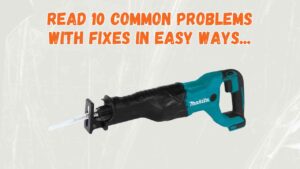
1. Overheating Motor
If your Makita reciprocating saw’s motor is overheating.
Causes:
- Prolonged use without breaks
- Blocked air vents or poor airflow
- Dust and debris clogging the motor
Fixes:
- Allow the saw to cool down during extended use
- Clean the air vents and remove any obstructions
- Regularly clean and maintain the tool to prevent debris buildup
2. Blade Jamming
Blade jamming is a common issue with Makita reciprocating saws and can interrupt your work.
Causes
- Debris buildup in the blade mechanism.
- Incorrect blade installation or incompatible blades.
- Worn or damaged blades.
Fixes
- Clean the blade slot regularly to remove debris.
- Ensure the blade is installed properly and is compatible with the saw.
- Replace worn or damaged blades to keep the tool running smoothly.
3. Reduced Power
If your Makita reciprocating saw is losing power, it can make cutting tasks challenging and inefficient.
Causes
- Worn-out motor brushes can limit the saw’s performance.
- A damaged power cord or loose connection might disrupt electricity flow.
- Accumulated dust or debris inside the saw can reduce efficiency.
Fixes
- Replace the motor brushes to restore optimal power.
- Inspect and repair or replace the power cord if it’s damaged.
- Clean the saw regularly to prevent debris build-up.
4. Noise Issues
If your Makita reciprocating saw is making unusual or excessive noise, it could indicate a problem with its internal components.
Over time, wear and tear on parts like the motor, bearings, or gears can cause rattling or grinding sounds.
Ignoring these noises might lead to further damage, affecting the tool’s performance and lifespan.
Causes
- Worn-out bearings or motor parts.
- Loose or damaged internal components.
Fixes
- Inspect and tighten any loose parts.
- Replace worn components, such as bearings or motor brushes.
- If the noise persists, consider consulting a professional or contacting Makita support for repair assistance.
Read Also:
Milwaukee miter saw problems
5. Trigger Malfunction
A faulty trigger is a common issue with Makita reciprocating saws that can hamper its performance.
Causes
- Accumulation of dust or debris in the trigger assembly.
- Worn-out or damaged trigger components over time.
Fixes
- Clean the trigger mechanism thoroughly to remove any debris.
- Replace the trigger if it is worn or damaged to restore full functionality.
6. Vibration Problems
Excessive vibrations can be a common issue with Makita reciprocating saws, making them uncomfortable to use and affecting precision during cutting tasks.
Causes
- Worn bearings or internal components.
- Loose screws or poorly secured parts.
- Lack of proper maintenance over time.
Fixes
- Check and tighten all screws and bolts to secure loose parts.
- Inspect and replace worn-out bearings or internal mechanisms.
- Conduct regular maintenance to keep the saw in peak condition.
7. Battery Drain
A common issue with Makita reciprocating saws is rapid battery drain, which can disrupt your work.
Causes:
- Using an old or damaged battery
- Overworking the tool without breaks
- Improper battery storage, like exposure to extreme temperatures
Fixes:
- Replace worn-out batteries with new, compatible ones.
- Allow the tool to rest during extended use to prevent overheating.
- Store batteries in a cool, dry place and avoid charging them overnight to extend their lifespan.
8. Rusted Blades
Rusted blades are a common issue with Makita reciprocating saws, especially if the tool is stored in damp or humid conditions.
Rust weakens the blade, making cuts less efficient and potentially damaging the saw over time.
Cause
Rust forms when blades are exposed to moisture or aren’t cleaned and dried after use.
Fixes
To prevent rust, always dry blades thoroughly after use and store them in a dry, cool place. For rusted blades, clean them with a rust remover or replace them if the damage is severe.
Regular blade maintenance will keep your saw performing at its best.
9. Cutting Inefficiency
If your Makita reciprocating saw isn’t cutting smoothly or feels sluggish, it’s likely due to dull blades, loose components, or motor strain.
These issues can lead to wasted time and poor results on your projects. Identifying the cause and fixing it quickly is key to restoring efficiency.
Causes:
- Dull or damaged blades: Worn-out blades can’t cut effectively.
- Loose components: Vibrations may loosen parts, affecting performance.
- Motor strain: Overheating or lack of maintenance can stress the motor.
Fixes:
- Replace dull blades with high-quality ones suited for the material.
- Check and tighten all screws and components regularly.
- Clean the tool and ensure proper lubrication to prevent motor strain.
10. Loose Components
Loose components in your Makita reciprocating saw can lead to poor performance, excessive vibration, or even safety hazards.
Causes:
- Frequent use leading to wear and tear.
- Vibrations causing screws and bolts to loosen.
Fixes:
- Inspect the saw regularly for loose screws or bolts.
- Tighten all components securely using the appropriate tools.
- If parts are worn out or damaged, replace them with genuine Makita components.
FAQs
What is the primary use of a Makita reciprocating saw?
A Makita reciprocating saw is primarily used for cutting through a variety of materials such as wood, metal, and plastic efficiently.
How do I maintain my Makita reciprocating saw for longevity?
Regularly clean the saw, inspect for loose or worn components, lubricate moving parts, and use genuine Makita replacement parts when needed.
Can I use a Makita reciprocating saw for demolition projects?
Yes, Makita reciprocating saws are ideal for demolition projects due to their powerful motor and ability to cut through tough materials.
What blades are compatible with Makita reciprocating saws?
Makita reciprocating saws are compatible with a wide range of blades designed for different materials, as long as they fit the specific model.
How can I reduce vibration while using a Makita reciprocating saw?
Ensure that all parts are tightly secured, use vibration-dampening gloves, and choose a model with built-in anti-vibration technology if available.

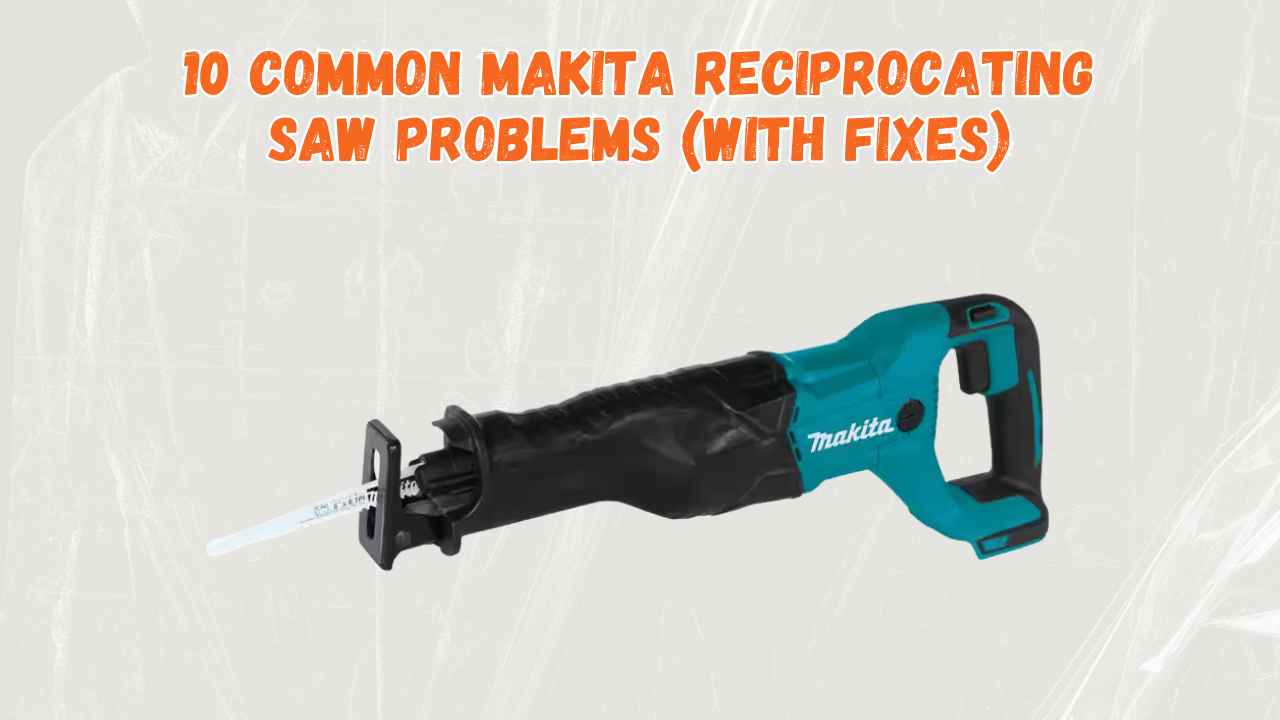
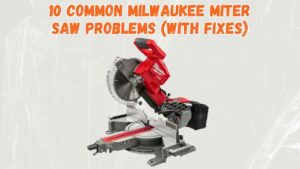

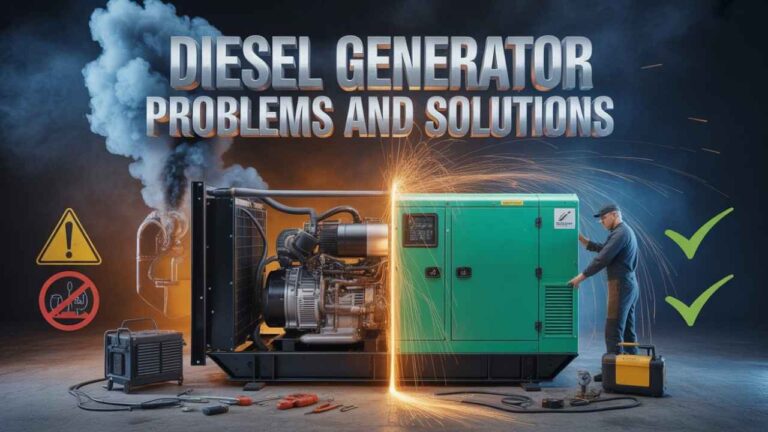
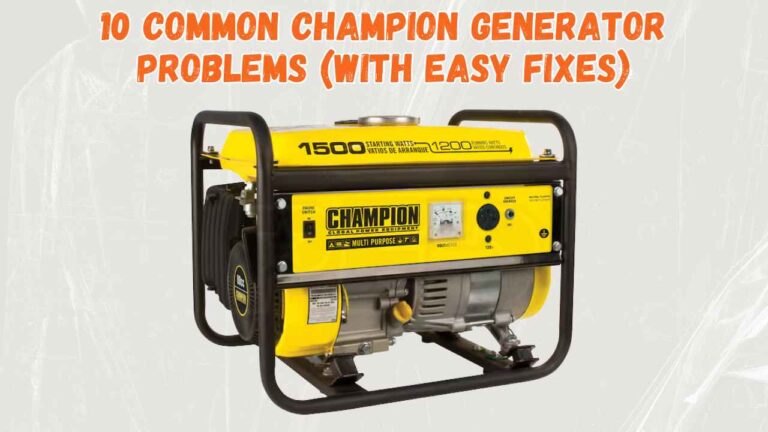
[…] 10 Common Makita Reciprocating Saw Problems (With Fixes) […]